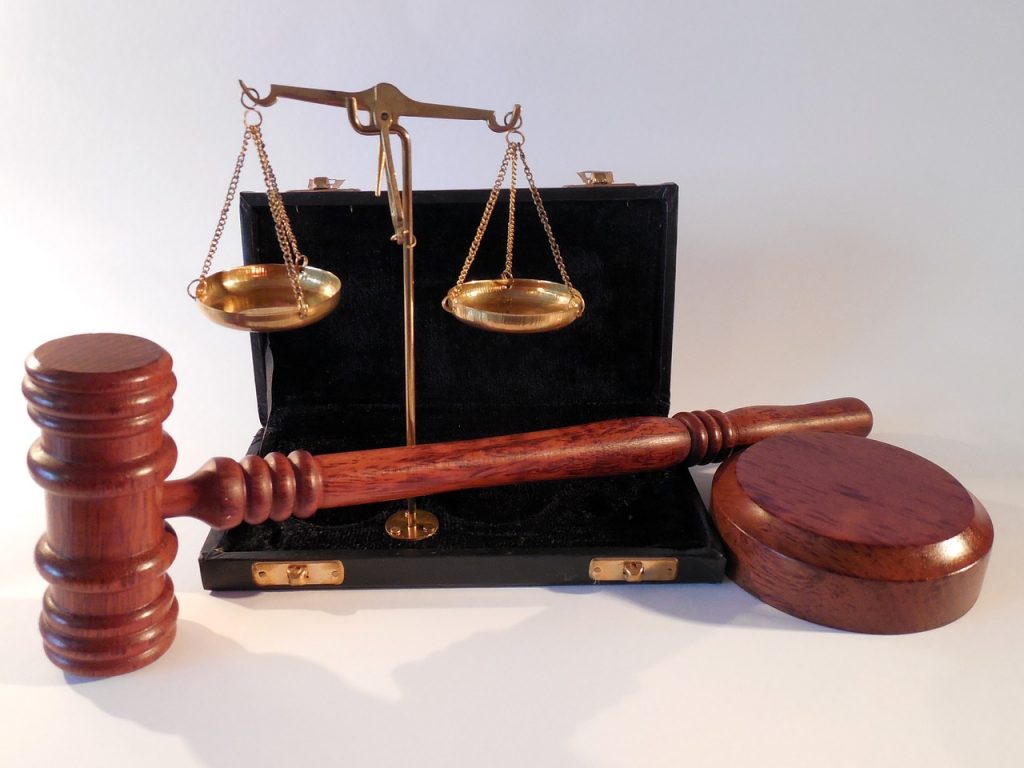Not more than 25 years ago, a claimant on an injury case could total their medical bills and lost earnings, multiply them by three, and that number would be the settlement range of their personal injury case. That range would contemplate pain and suffering too. Things changed with sophisticated computer programs that calculated personal injury damages for different types of cases. Now the insurers delay, deny and defend claims.


In personal injury cases, there are economic damages like medical bills and lost earnings. There are also non-economic damages that it’s impossible to put an absolute price tag on. Those include damages for pain and suffering. Neither an insurer nor a jury will believe that a claimant suffered anything more than minimal pain and suffering without medical bills along with medical and employment records that are consistent with their allegations.
If you’re representing yourself, and you got lost on the way to the courthouse, just wait to see what happens once you’ve filed and served your lawsuit. You’ll experience vertigo. You’ll be served with an answer, probably an affirmative defense, interrogatories, a request for production, a notice of deposition, possibly a request to admit facts and a notice to produce at the time of trial. You’ll be asked for every piece of paper, including bills, medical and employment records that you have in support of your pain and suffering claim. You’ll also be required to seasonably supplement your responses to these discovery tools. Expect a motion to bar any of these items at trial if you fail to produce them in a timely manner.
Aside from antagonizing a judge by not knowing the rules of civil procedure and the local rules in that judge’s own courtroom, you know little or nothing about the highly convoluted rules of evidence. Whether you’ve previously disclosed them or not, you can’t just walk into a trial with stacks of records and bills, and ask to have them entered into evidence for the jury’s consideration. A proper evidentiary foundation must be laid for each item, and depending on what state you’re in, some items simply aren’t admissible under any circumstances.
Welcome to the world of the personal injury lawyer. It’s a highly complicated world of pleading, procedure, evidence and trial technique. Many attorneys even refer accident cases out to personal injury lawyers like those at Clearfield & Kofsky because the referring attorneys simply don’t have the necessary background, experience, and resources to practice in personal injury law. From the moment that you try to represent yourself, you’re prejudicing your case. There are reasons why nearly all injury victims retain a quality personal injury attorney to represent them. You just learned about a few of them.
You must be logged in to post a comment.